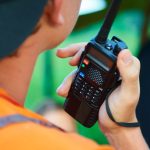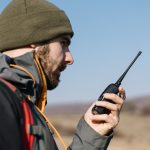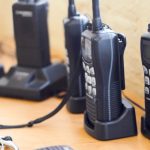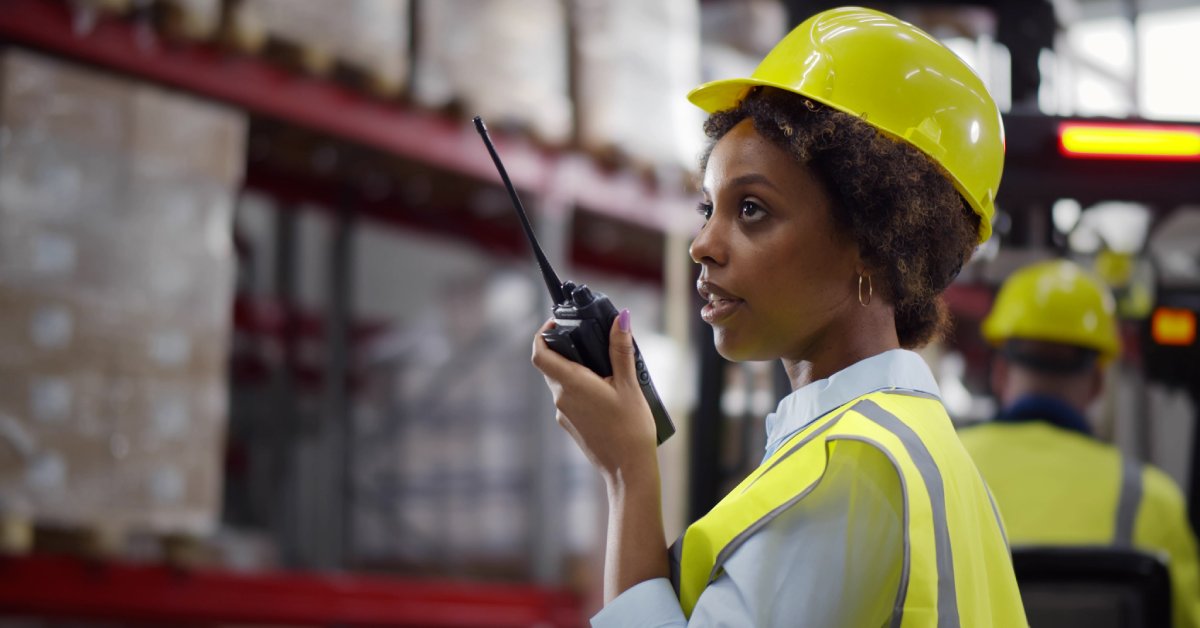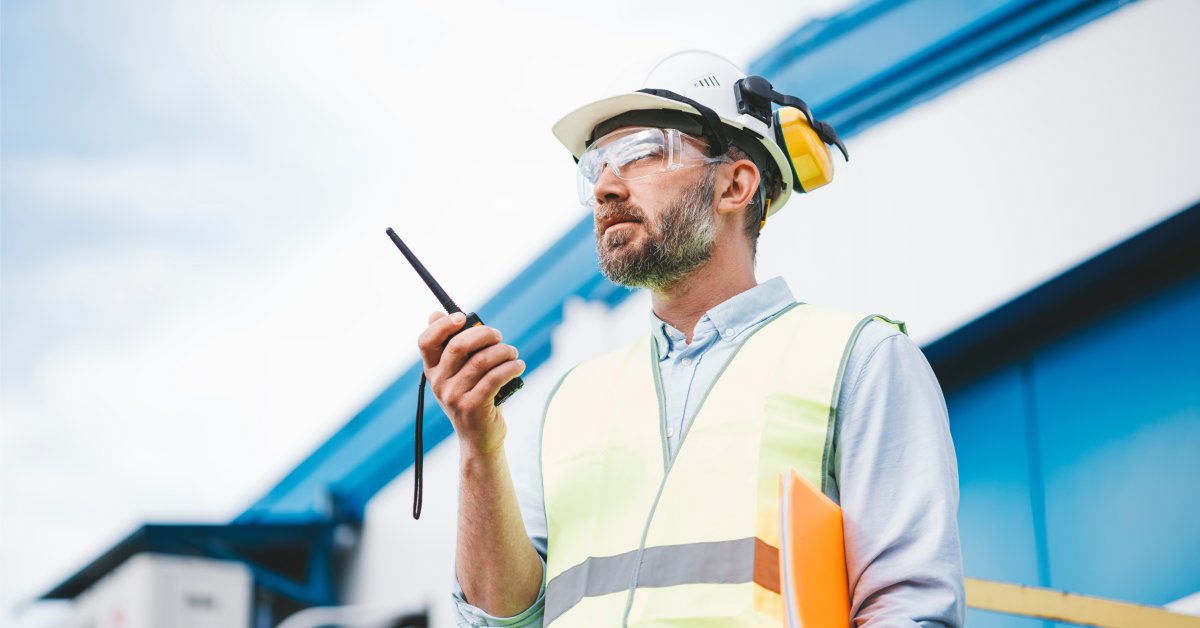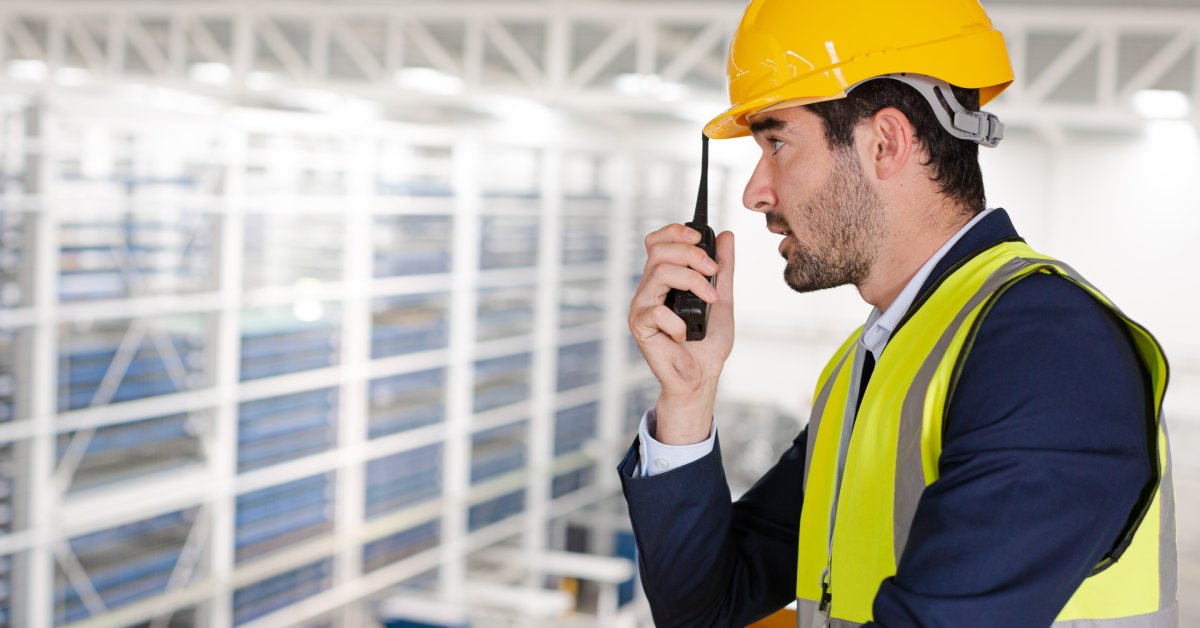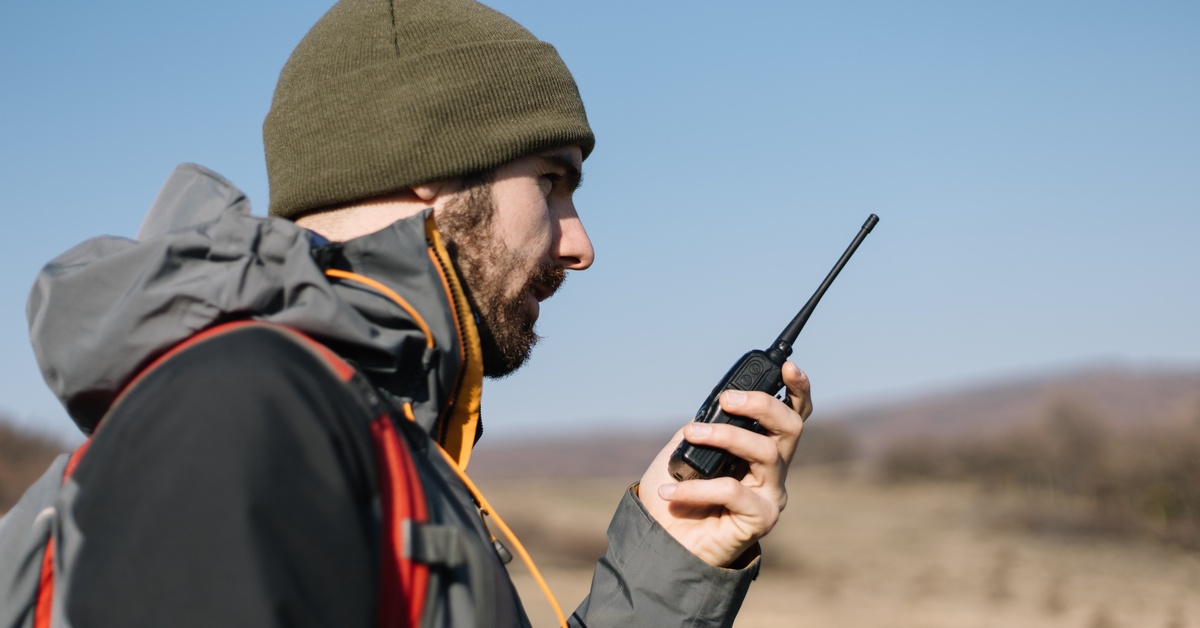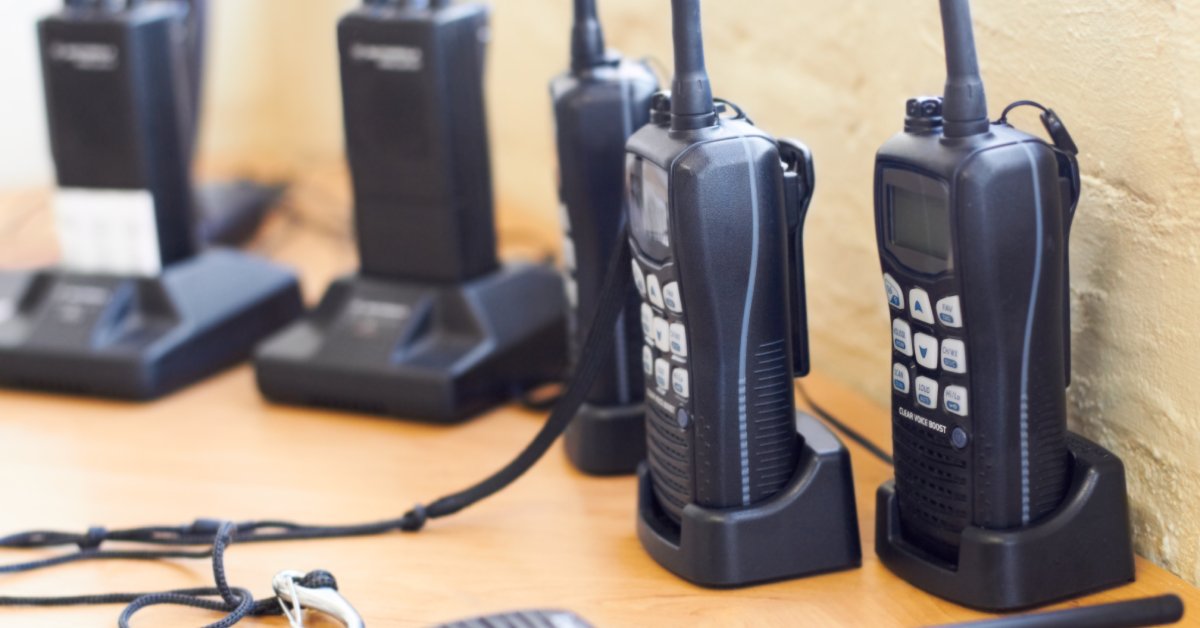Two-way radios or walkie-talkies are far more than relics of the past. These devices have empowered effective communication across various settings, from emergency services to outdoor adventures.
Despite their usefulness, misconceptions about two-way radios persist, causing many to overlook their potential. This guide will explore and debunk common misconceptions about two-way radios, shedding light on their reliability and growing applications with today’s modern technology.
1. Two-Way Radios Are Outdated
When you think of two-way radios, it’s easy to conjure images of clunky devices from decades ago. Many people view them as a relic of World War II communication or something reminiscent of childhood games. But the reality is quite different. Modern two-way radios are anything but outdated.
Today’s two-way radios incorporate cutting-edge technology. Smart features such as GPS tracking, text messaging, Bluetooth compatibility, and weather alerts are now common. Additionally, many devices can operate in extreme conditions, featuring rugged, waterproof designs and noise-cancellation technology that ensures clear audio, even in busy environments like construction sites or crowded events.
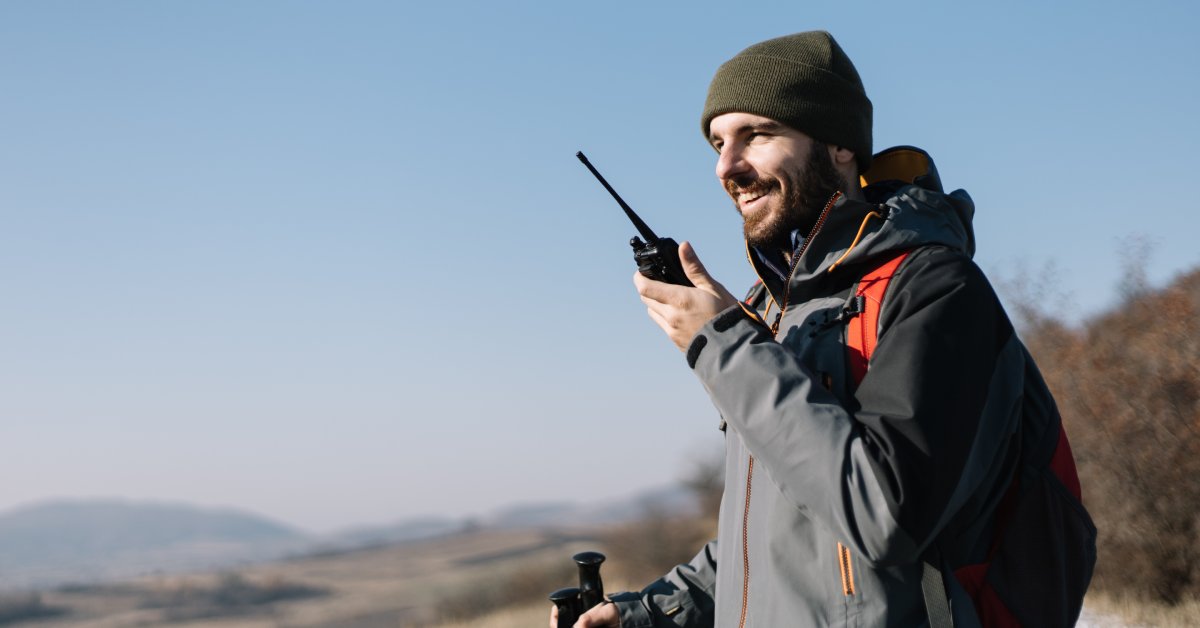
2. Cell Phones Are a Better Alternative to Two-Way Radios
At first glance, smartphones appear to be the most convenient option for every communication need. They’re ubiquitous, multifunctional, and feature apps to solve numerous obstacles.
But when reliability is a top priority, two-way radios demonstrate clear advantages. Smartphones may dominate personal communication, but their limitations leave them trailing behind two-way radios in specific scenarios.
Communication in Remote Locations
One major limitation of cell phones is their dependence on network coverage. Without cellular towers or a stable internet connection, communication breaks down. Think of remote worksites, underground mines, or dense forests—places where cellular networks often falter. Two-way radios operate on dedicated frequencies, providing reliable communication even in the most challenging conditions.
Prompt Communication
Two-way radios also stand out when it comes to instant connectivity. Unlike phones, they don’t require dialing, waiting for someone to pick up, or dropping calls in moments of poor signal. Instead, users can push a button and connect instantly, even with large teams. This kind of responsiveness is invaluable in high-paced environments or emergencies when every second counts.
Long Battery Life
Battery life is another area where cell phones fall short. Smartphones are notorious for running out of battery quickly due to apps, constant notifications, and power-hungry displays. Efficient two-way radios can last an entire day or more on a single charge, even with continuous use. This makes them a dependable choice for professionals who need uninterrupted communication.
3. Two-Way Radios Are Solely for Emergency Services
Many people picture first responders using two-way radios. It’s true that emergency services—such as police, firefighters, and search and rescue teams—rely heavily on these devices. But limiting their utility to these sectors overlooks how versatile two-way radios have become.
Accommodates Numerous Industries
Two-way radios have expanded far beyond emergency services into both commercial and recreational spaces.
- Retail businesses use two-way radios to enhance floor operations and quickly address customer queries.
- Construction sites rely on them for instant, efficient communication between teams working at different locations.
- Logistics companies use two-way radios to stay connected with fleets.
- Staff members in education facilities rely on walkie-talkies to ensure student safety and streamline daily operations.
- Event planners need two-way radios to manage everything from security to crowd control during large gatherings or concerts.
- Hospitality teams turn to two-way radios to ensure smooth coordination between kitchen staff, housekeeping, and concierge desks.
Accommodates Recreational Activities
On the recreational side, outdoor enthusiasts, hikers, and campers value two-way radios for their reliability in off-grid locations. During adventures in remote areas where cellular networks can’t reach, these devices serve as a lifeline for staying in touch with group members or calling for assistance if needed. Increasingly, two-way radios are becoming a trusted tool for anyone who prioritizes safety, reliability, and ease of use.
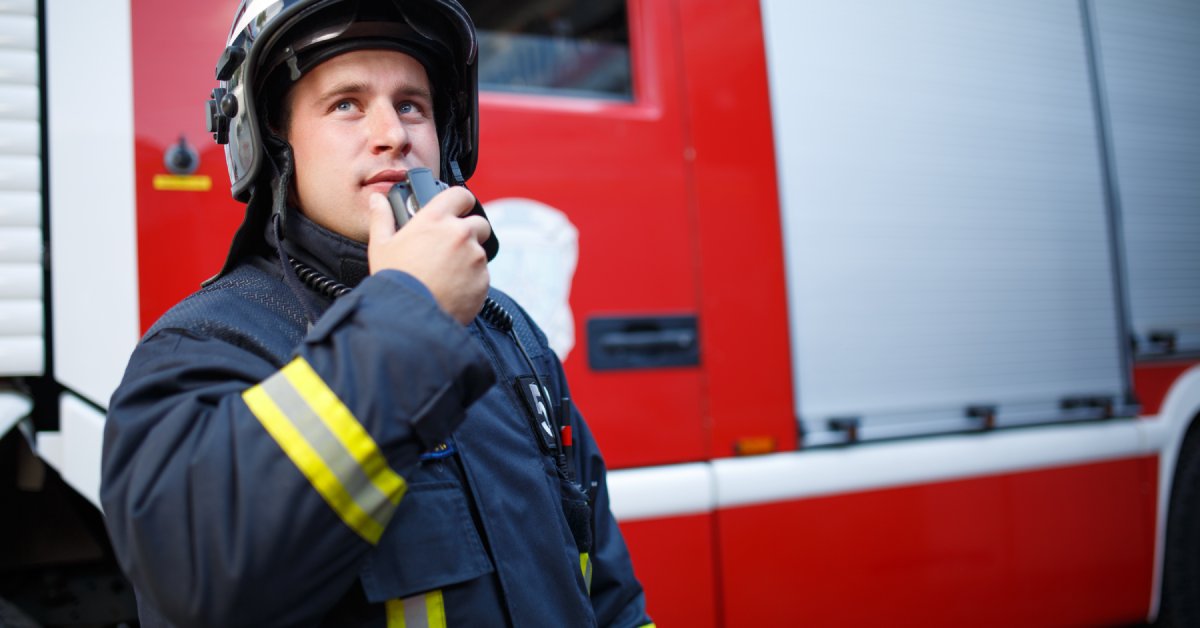
4. Two-Way Radios Are Difficult To Operate and Maintain
Many perceive two-way radios as complex devices with steep learning curves or high maintenance requirements. This misconception can be intimidating for first-time users, but it doesn’t reflect the modern design of two-way radios that emphasize user-friendly features.
Easy To Operate
Operating a two-way radio is straightforward. Most devices feature intuitive interfaces, with clearly labeled buttons for power, volume, channel selection, and the hallmark push-to-talk function. Many manufacturers provide quick start guides to get users up and running within minutes. Advanced settings and controls may exist for professional applications, but they remain optional, meaning users can access essential functions without wading through complicated menus.
Simple Maintenance
Maintenance is equally simple. Two-way radios have durable, robust designs that resist wear and tear. Basic care—such as keeping the device dry and storing it with a fully charged battery—is the best way to ensure the device’s longevity. You may need to occasionally perform a software update for advanced features, but they are user-friendly and infrequent.
Some modern two-way radios now have self-diagnostic and repair features, reducing downtime and technical issues. Accessories like extra batteries, protective cases, and earpieces are readily available, further enhancing ease of use. These advancements make two-way radios a practical, low-maintenance communication tool for both professionals and hobbyists.
Why Two-Way Radios Deserve a Second Look
The myths surrounding two-way radios come from outdated assumptions. However, a closer look reveals how valuable these devices remain in numerous professional roles and recreational activities.
Instead of letting smartphones take over, two-way radios have evolved, incorporating modern technology to meet the demands of contemporary communication. Their unmatched reliability, flexibility across industries, and ease of use make them a vital tool.
Two-way radios have immense potential. Whether you need quick communication for your construction team or a dependable connection during a camping trip, these devices can accommodate your communication needs.
Now that we’ve debunked the common misconceptions about two-way radios, you can explore the products available to choose from. At Battery Distributors, we offer a variety of two-way radios with durable, long-lasting batteries, such as the Motorola APX 1000 extended battery.
With our reliable batteries and radios, you can take full advantage of this type of technology. Visit our website to unlock uninterrupted communication in any setting.



